Description
This worksheet for preschool and kindergarten. Kids write the beginning sound of words. Simple, clear instructions guide learning. Colorful, engaging pictures increase interest. Helps learn phonics and early reading skills. Increase confidence in sound recognition. Fun, interactive, and educational activity.
The Great Leap: From Hearing a Sound to Writing a Letter
Watch a young child look at a picture of a sun. They know it’s a sun. They might even say “sun.” But asking them to write the first letter? This isn’t just about knowing the alphabet; it’s about making a sophisticated cognitive leap called encoding—translating a sound in their head into a symbol on the page.
Knowing a letter and knowing what sound it makes are two different things. Being able to isolate the first sound in a spoken word and then recall which letter makes that sound is a complex two-step process that requires focused practice.
In my experience, this is where we can build writing confidence or see it crumble. This worksheet provides the scaffolding to ensure confidence is built.
This focused practice strengthens:
-
Phonemic Awareness: The ability to isolate and identify the initial phoneme (sound) in a word.
-
Sound-Symbol Correspondence: The essential knowledge of which letter represents which sound.
-
Encoding Skills: The process of converting sounds into letters, which is spelling.
-
Writing Fluency: As the process becomes automatic, it frees up mental energy for idea generation and sentence formation.
How to Guide Your Child Through the Encoding Process
Your role is to be the supportive coach who makes the invisible process visible. Here’s your game plan.
Step 1: Isolate the Sound with the “Slow Motion” Strategy
The biggest hurdle is isolating the first sound.
Point to the picture and say: “What’s this? A ‘fish’. Good. Now, let’s say it in super slow motion: ‘f-f-f-f-f-ish’. What sound did you hear right at the very beginning? /f/. Great! Your ear found it!”
Step 2: Connect the Sound to the Symbol
Once they’ve identified the sound, then connect it to the letter.
“You heard the /f/ sound. That’s great! What letter makes the /f/ sound? The letter ‘F’ does.” This two-step process is crucial and is often skipped.
-
Sky Writing: Have them “write” the letter ‘F’ in the air with their finger, saying the sound /f/ as they do it.
-
Tactile Writing: Let them form the letter in a tray of sand, salt, or shaving cream.
This builds muscle memory and confidence before the pressure of paper and pencil.
Step 4: Use Encouraging Error Correction
If they write the wrong letter, avoid just saying “no.”
” You wrote ‘S’ for ‘fish’. I love that you knew to write a letter! That’s a great start. Let’s try our slow motion trick together. ‘f-f-f-f-ish’. Hear that first sound? It’s /f/. The letter ‘F’ is a tricky one because it sounds like it has an /f/ sound right in its name! Let’s try writing ‘F’.”
Build the Foundation for Spelling Confidence Today
[Download Your Write Beginning Sound Letters Worksheet Now]
(Button/Link: “GET MY PRINTABLE – $X.XX”)
Your Encoding Toolkit Includes:
-
A high-resolution PDF download with clear, simple pictures and ample writing space.
-
A progression from tracing to independent writing to build confidence.
-
A variety of initial sounds to ensure comprehensive practice.
-
A “Teaching Guide” with the “Slow Motion” strategy script and multi-sensory activity ideas.
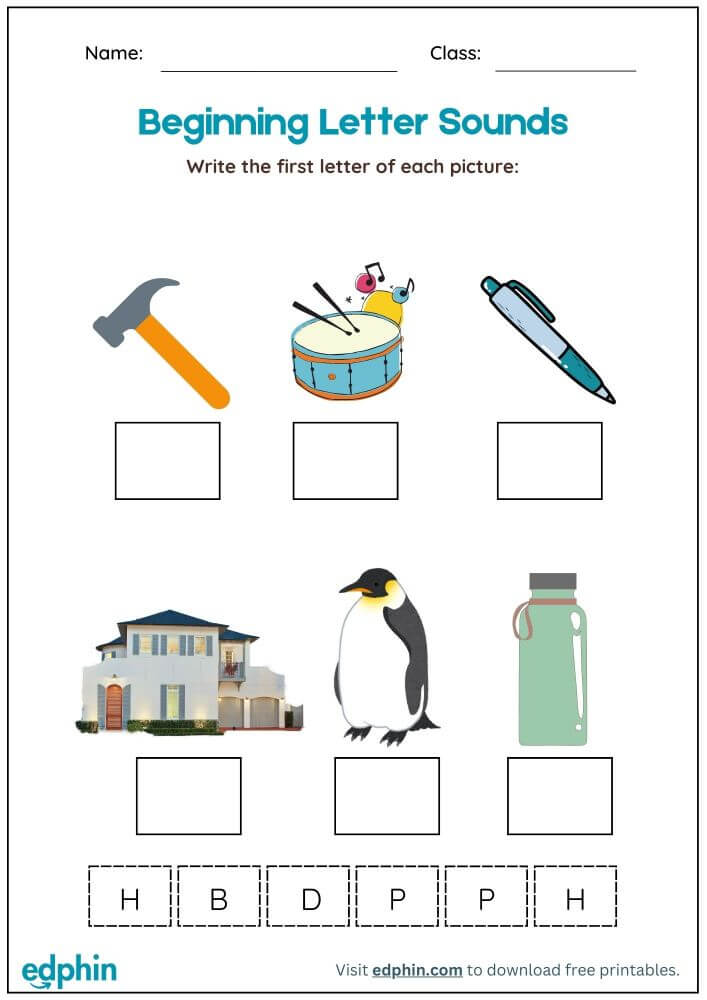
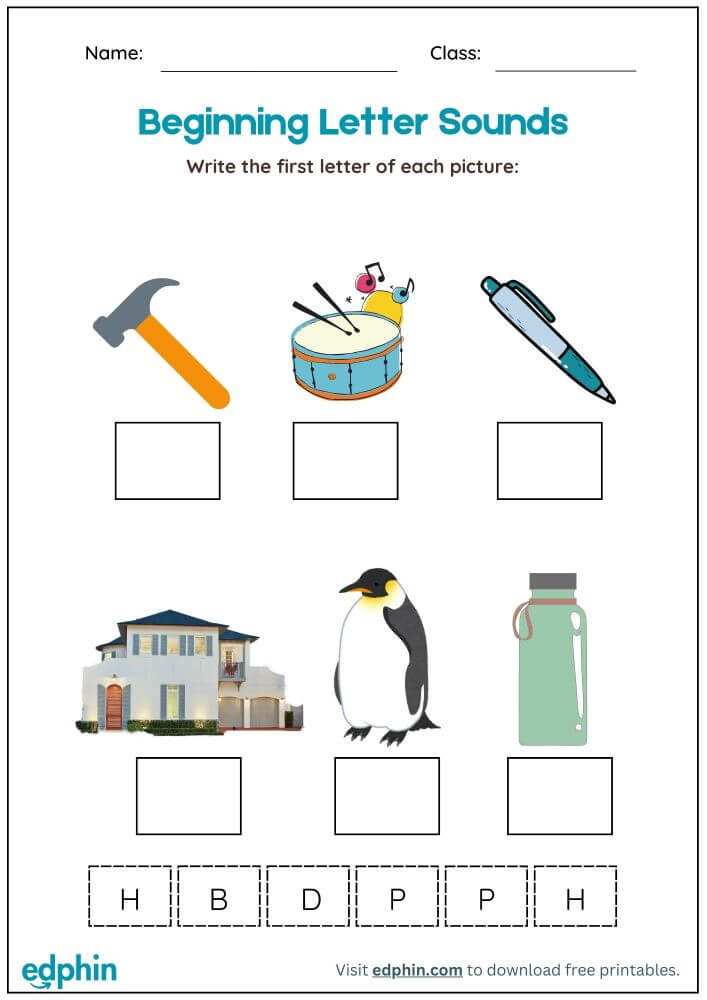
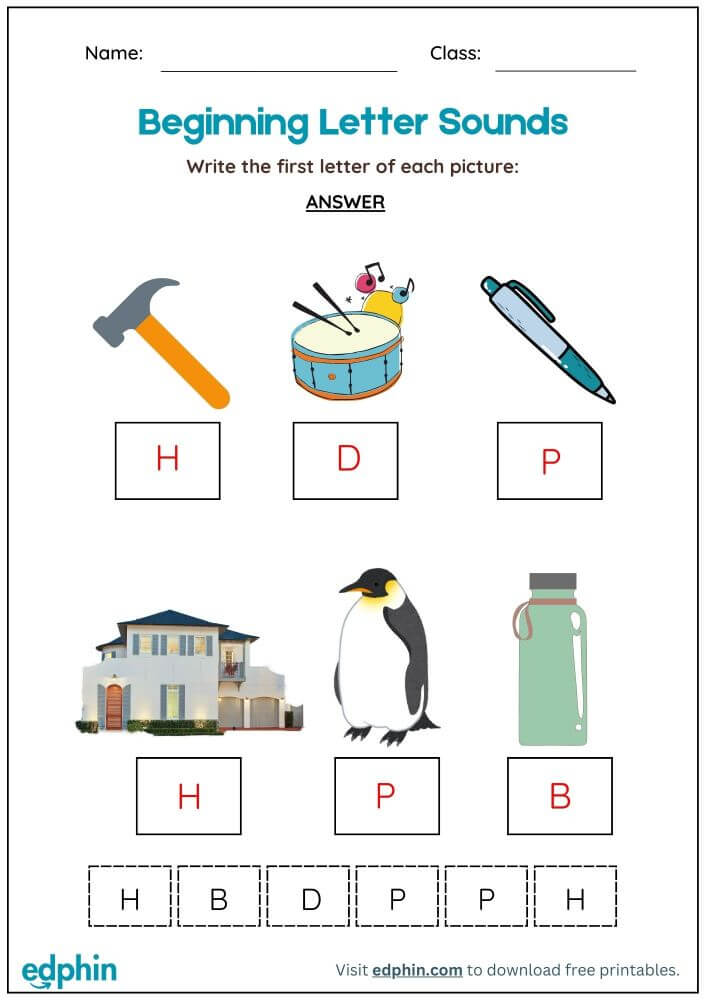
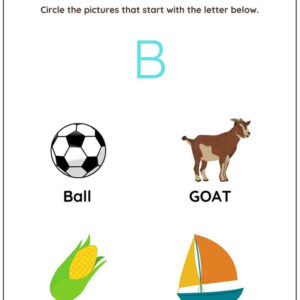
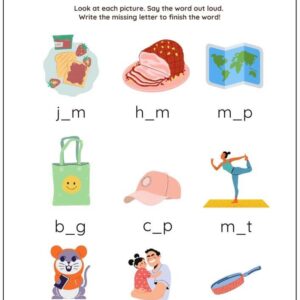
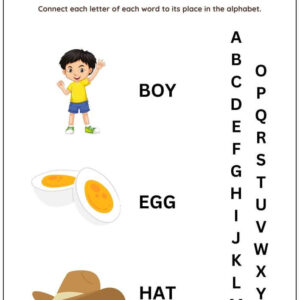
Reviews
There are no reviews yet.